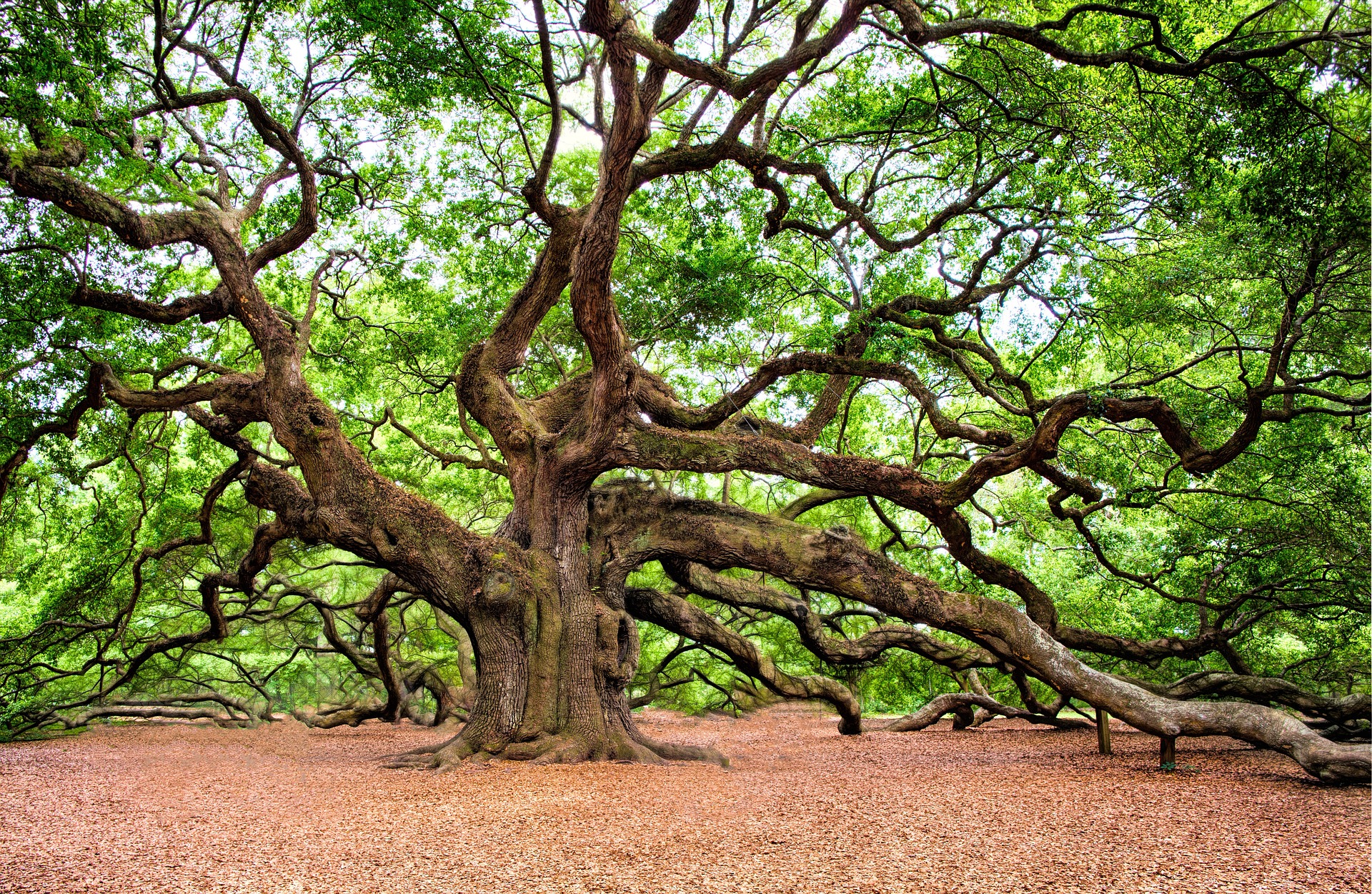ARE YOU READY FOR SOME HELP?
What is Cytospora Canker?
Cytospora canker is caused by several species of Valsa and Leucostoma fungi. The fungi attack apple, ash, aspen, birch, cherry, Colorado blue spruce, cottonwood, Douglas fir, elm, Engelmann spruce, honeylocust, maple, mountain ash, peach, poplar, plum, silver maple, Siberian elm, white spruce, and willow trees. Cytospora canker is one of the most destructive diseases of Colorado blue spruce, peaches, nectarines, apricots, sweet cherries, and plums. The fungus attacks stressed trees, reducing productivity, girdling branches and tree trunks, and often killing the branches or entire tree.
Image by: USDA Forest Service, Northern and Intermountain Region Archive, USDA Forest Service, Bugwood.org
How to identify Cytospora Canker
The first symptoms of a Cytospora canker infection are dead bark and dead or dying branches. The fungus causes cankers, patches of bark that may be elongated, sunken, discolored, oozing resin, or orange to brown fluid. The tree may form a callus or swelling around the canker causing the bark to split, die, and fall off in chunks. The inner bark dies, changes color, and may turn watery and smelly, and it may stain the adjacent wood. The fruiting bodies are small pinhead-sized bumps that develop on the bark, and orange masses of spores may ooze from the Cytospora canker fruiting bodies when wet.
On aspens, the Cytospora canker fruiting bodies are small, white, or gray to black bumps on the otherwise smooth surface of the bark. The fungi often turn the bark orange where the canker forms, and brown fluid often flows from the canker. The bark usually falls off the canker area in 2-3 years.
On spruce trees, the Cytospora canker creates a sunken canker, surrounded by a callus, which may ooze large amounts of clear amber resin that forms a white crust when it dries. The fruiting bodies are small black bumps around the edges of the canker. When the fungus girdles a branch, the needles die and fall off, then the branch dies.
On stone fruits, like peach and sweet cherry, the first symptom noticed is usually a thick gummy resin oozing from the canker. Cankers are usually surrounded by a callus.
Image by: USDA Forest Service – Region 2 – Rocky Mountain Region Archive, USDA Forest Service, Bugwood.org
Life cycle of Cytospora Canker
The fungi that cause the Cytospora canker live in and feed on the inner bark of the tree, often girdling branches or even entire trunks, killing the affected branches or the entire tree. The fruiting bodies form small bumps on the surface of the bark and they release spores when the weather is warm enough (above freezing) and the tree is wet, allowing the Cytospora canker to spread around the tree and to other trees. The fungi are spread by rain or irrigation water, wind and insects.
This fungus mainly attacks trees in fall and spring when conditions are good for the fungus and the tree is dormant and can’t defend itself well. Trees stressed by drought, frost damage, insect damage, sunscald, herbicides, or physical injury are more susceptible to the Cytospora canker. The fungi overwinters in cankers and may remain dormant at a new site until conditions favor fungus growth.
Image by: Joseph O’Brien, USDA Forest Service, Bugwood.org
How to control Cytospora Canker
Fungicides are not very effective against the Cytospora canker, so prevention is key to controlling the disease. Plant tree species that are resistant to the fungus. The Cytospora canker doesn’t attack healthy undamaged bark, so prevents mechanical injuries to roots, trunk, and limbs and reduces insect damage. Plant trees away from already infected trees, and remove infected trees or at least prune the affected trees to remove the fungus.
Prune only in dry weather, during or after the tree blooms; the tree will be more vigorous and able to defend against the fungi and the fungi need water to carry them to a new host. Make cuts as smooth as possible and close to the trunk, and disinfect pruning tools after each use to prevent the spreading the fungi. Keep the inner bark as dry as possible to discourage the fungi by removing bark from already damaged areas and not applying any dressings to pruning wounds that might keep the damaged area moist. Prune lower branches to encourage more airflow to keep the bark drier.













